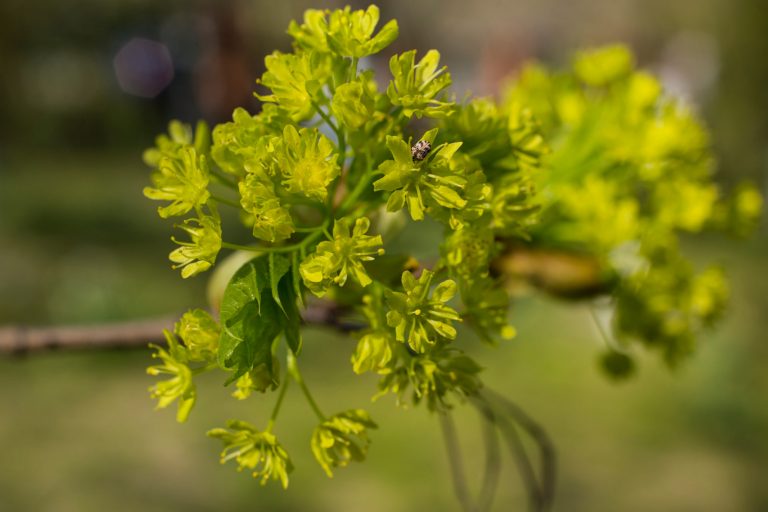Gibberellins and Gibberellic Acid

Gibberellins are plant hormones that regulate a wide range of processes, such as flowering, growth (by stem elongation), seed germination, and fruit ripening.
Table of Contents
The family of gibberellins have a similar effect to that of auxins; they promote cell division and elongation. The major difference is that gibberellins in no way inhibit growth.
Gibberellic Acid
Gibberellic Acid is an example of one of the gibberellin family. Regardless of genotype (tall or small plants), more gibberellin equals more lateral growth.
Gibberellins and Germination
Gibberellins are responsible for promoting growth in the embryo of a seed. It does this the following way
- Gibberellin released by the embryo travels towards the aleurone layer, its target tissue situated in the endosperm region of the seed (alongside the embryo).
- Gibberellin acts as the inducer, as its presence allows the enzyme induction of amylase, which can break down starch INTO a sugar to be used in the embryo.
- Sugar is used in the plant to synthesize proteins and break out of dormancy.
Gibberellins initiate this process in Summer, when the external environment exhibits favorable conditions for plant growth.
The previous tutorial has investigated the auxin family hormones involved in plant growth. The next tutorial investigates the sites of this growth, the meristems.
You will also like...

Animal Water Regulation
Animals adapt to their environment in aspects of anatomy, physiology, and behavior. This tutorial will help you understa..

Plant Water Regulation
Plants need to regulate water in order to stay upright and structurally stable. Find out the different evolutionary adap..

The Water Cycle
The water cycle (also referred to as the hydrological cycle) is a system of continuous transfer of water from the air, s..

Adaptation Tutorial
Adaptation, in biology and ecology, refers to the process or trait through which organisms or the populations in a habit..

Plant Biology
Plantlife can be studied at a variety of levels, from the molecular, genetic and biochemical level through organelles, c..

The Origins of Life
This tutorial digs into the past to investigate the origins of life. The section is split into geological periods in the..
